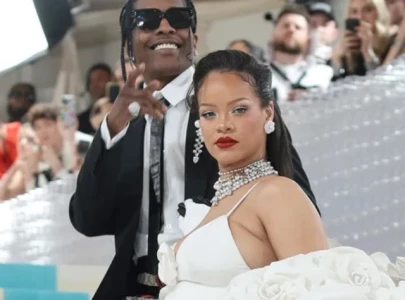
Those arguing for a return to gold believe this fiat is inefficient like all government interventions. The root cause of the crisis is the power to create money. The gold standard takes this power away, as the supply of money is limited by the quantity of gold available. As opposed to the system of fiat currency, the gold standard is stable and non-inflationary. A fixed exchange rate between countries also ensures stability of international trade flows. However, the supply of gold may not be enough. Demand rather than supply influences the price of gold. New discoveries make supply erratic. It also gives monopoly power to countries endowed with gold mines. Disabling money creation restricts the policy choices available for curing recession. This was an important factor in the Great Depression of the 1930s. There is a deflationary bias, which benefits creditors or savers. Debtors lose as the real value of their debt rises. They are forced to lower spending to service debts. Creditors may not necessarily spend the wealth they gain. Aggregate spending falls, leading to mass unemployment.
Congressman Ron Paul, businessman Steve Forbes, former US Federal Reserve chairman Alan Greenspan and economist Robert Barro have been supporting some role for gold in order to have a self-governing mechanism against printing too much money which eventually chases too few goods. In 2001, former Malaysian Prime Minister Mahathir Muhammad proposed an Islamic gold dinar to reduce the dependence of Muslim countries on the dollar as a reserve currency for trade among themselves. The country issuing a reserve currency is in an advantageous position in buying goods and services and contracting debt. The share of gold in foreign exchange reserves is being increased, but gold denominated international trade is a distant dream. The fact of the matter is that 61 per cent of global foreign exchange reserves are held in dollars and another 27 per cent in euros. As predicted by economist Robert Mundell of Columbia University in 1997: “I do not think that we will see the time when either of those two great economic powers, the United States and the European Union, will ever again fix their respective currencies to gold as they have in the past. The more countries start to think about gold as an index, as a warning signal of inflation, the more the monetary authority will try to keep the price of gold from rising.”
Published in The Express Tribune, August 26th, 2011.
COMMENTS (8)
Comments are moderated and generally will be posted if they are on-topic and not abusive.
For more information, please see our Comments FAQ


















Indians (one of the largest consumers of gold) don't see gold as an investment generally - they use it more for jewelry purposes and temple donations. I sense a major decline in the price of gold over the long term. Definitely not a wise investment, and at current rates - not even good to purchase for non investment purposes.
@Irtiza Rizvi: Kyun bhai?
Gold at present is fear. Jackson Hole tomorrow will underline its medium term trend whereas since most of the hedge funds were bullish on gold, it was poised to go up. All in all for a useless piece of metal that has no utility. Time will narrate the future story.
Dr Pervaz Tahir, very informative much appreciated. One of the biggest factors driving gold prices has been the hedge fund industry, mostly spculative purposes. I agree with mostnof your observations and would be eager to know if there are any ideas on alternatives to the existing monetary system.
@Irtiza Rizvi:
Agreed. I think there is a bubble here which will burst.
Gold price is not increasing, it is the value of fiat paper money that is being debauched.
Gold is going down big time.!
I am sorry Dr sahab i dont get it there is three question and no answer. 1 Mahathir propoesed a gold dinnar but what happend then 2. india and bank of korea what happend next 3. u.s and euro cover 90% of resserve then what??????????